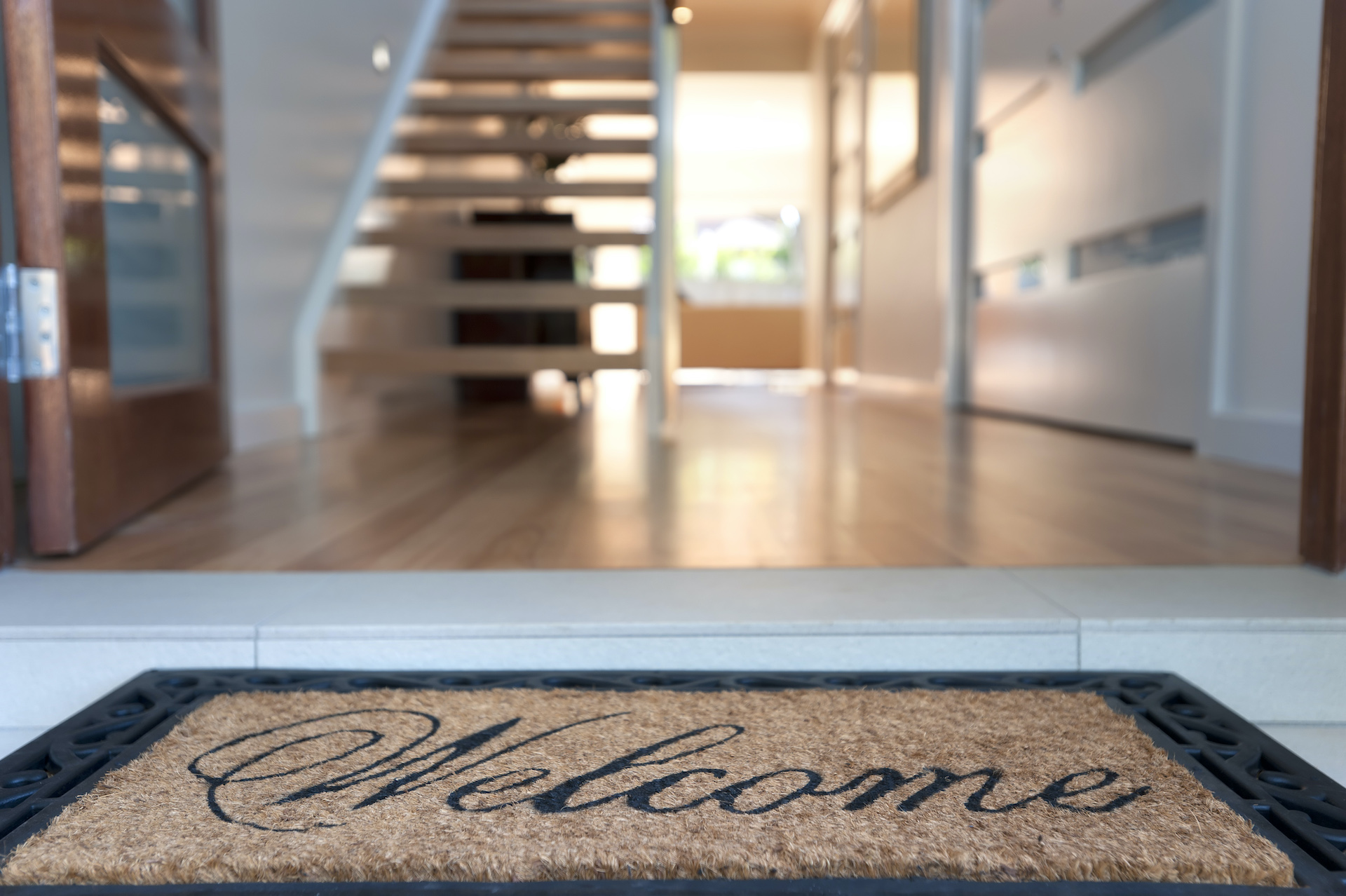
Once you’ve found the best person or family to move into your rental property, sending your new renter or renters a tenant welcome letter. A welcome note will include useful information that helps the renters settle into their new home. Sending this letter to your new renters shows that you’re a professional, responsible, and caring landlord.
What is the purpose of a new resident welcome letter?
The resident welcome letter gives a renter additional information that may not be found in a rental agreement. It also helps to reinforce specific policies in a conservational tone. Have a friendly section that presents information about local businesses in the area, nearby dog parks, and details about schools so that your new individual renter or family can begin to learn about the area.
Providing advice on how and when to set up the utilities can help alleviate questions about the process. Keeping the letter formatted and straightforward in an easy-to-read way allows the renter to quickly access pertinent information instead of sorting through the rental or lease agreement.
Make it easy for the renter to find the property’s full address by placing it at the top of the welcome letter. This placement can help expedite the utility setup process. Additionally, the letter helps give the renters direction on when and how to collect the keys, when the rent is due, how to address maintenance issues, and how to follow general property rules. An apartment welcome home letter will also provide the exact move-in dates, especially if the apartment needs a deep cleaning, painting, or repairs.
Add any rules or restrictions, such as handling noise complaints, requesting maintenance repairs, pet policies, and parking and laundry procedures.
What should a tenant welcome letter contain?
Breaking the letter into sections helps the renter find information quickly. Study the following elements for what a welcome home letter template for an apartment or home may contain.
- Introduction: Start the letter with a warm and inviting welcome using the tenant’s name.
- Property address: List the full address, including the apartment or home street address number and ZIP code.
- Landlord’s contact information: List your full name, the mailing address for rental payment (if applicable), and the best way to contact you, such as email, a phone call, text messaging, or another preferred method of contact.
- Property walkthrough: Remind the new renters that you both need to inspect the property before they move into the apartment or home.
- Collecting the keys: Let your renters know what date, time, and where to pick up the keys.
- Specific move-in date: Although this information is in the rental agreement, listing a move-in date reinforces the exact date.
- Utility information: State which utility companies your renter will need to contact and add the provider’s information. If you, as the landlord, cover some of the utilities, add the information again here.
- Renters insurance: Remind the renters about the importance of renters insurance, including the property’s suggested minimum coverage amount.
- Rent collection: State the exact due date for the rent or lease amount. Add specific terms for late fees.
- Maintenance requests: Provide contact information for emergency maintenance. Provide a section on how to contact you for non-emergency requests, such as sending an official maintenance request letter, who to call, or other ways to send an official request.
- Property rules: Discuss the use of communal areas, pool policies, quiet time, smoking areas, and pet walking locations.
- Trash and recycling policies: Specify which receptacle holds appropriate items and the collection day for each bin.
- Parking: Provide information on parking policies, such as the location, fees, how many vehicles are included under the parking policy, and guest parking locations.
- Laundry facility rules: Describe the facility’s location, what hours the laundry is open, and the types of amenities present, such as a coin machine for change and detergent dispenser. Specify whether each floor or wing of the apartment has selected times to use the laundry facility.
- Get to know the neighborhood: This friendly information can help the renter find the closest grocery store, bus stop, library, banks, and schools. Adding specialty shops, coffee cafes, popular restaurants, and local attractions can help the renter feel more comfortable with the surroundings.
When and how should a landlord send a rental welcome letter?
To give your new renters a chance to read and review the new apartment letter, send the letter about two weeks before the move-in date. This timeline also gives the renters time to ask any further questions, set up the utilities, and visit the neighborhood. They can explore the area, make appointments to set up a bank account, enroll the kids in school, and learn the route to and from work or school.
Sending the letter by email is probably the best and easiest way to send the new resident welcome letter. If the renter doesn’t have an email account, schedule a time where you can meet to deliver the letter or mail it ahead of time.
If the apartment has a coded lockbox to hold keys, leave the code out of the welcome letter, especially if you send it a few weeks before your renters move into the property. State that you’ll provide the lockbox code either the day before the move or the day of the move. If the new residents are using a moving truck and need a special parking permit, let them know how to get the permit ahead of the move.
When you send a welcome home letter to your new renters, you create a friendly and professional relationship with them. The letter helps to build trust and confidence that you care about your new renters and your property. When you keep the tone of the welcome letter casual, friendly, and helpful, it helps relieve the stress often associated with moving into a new home.



